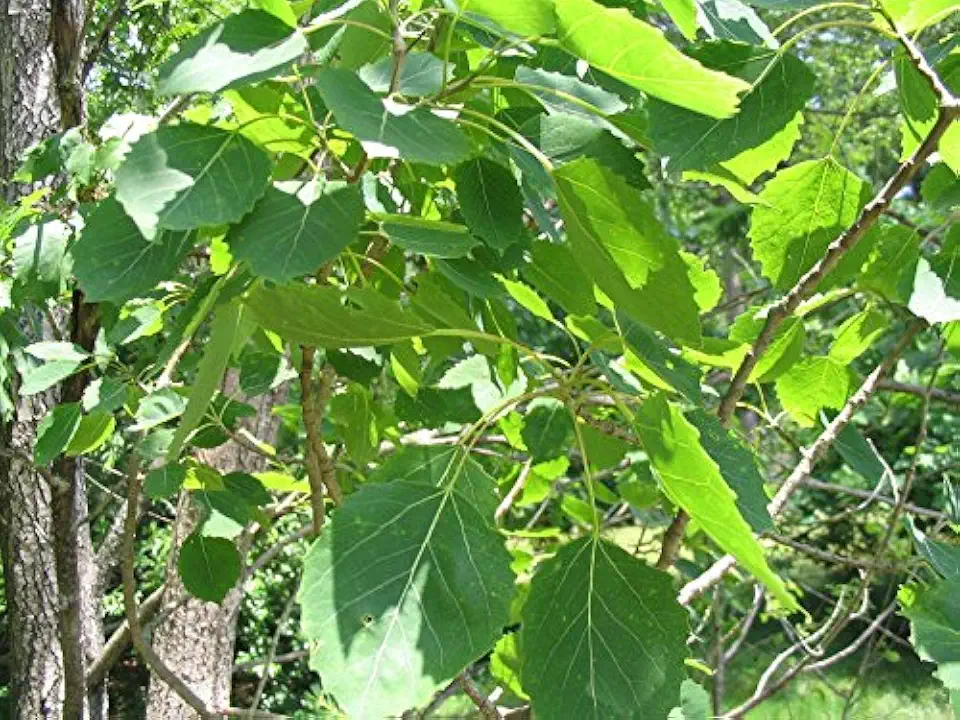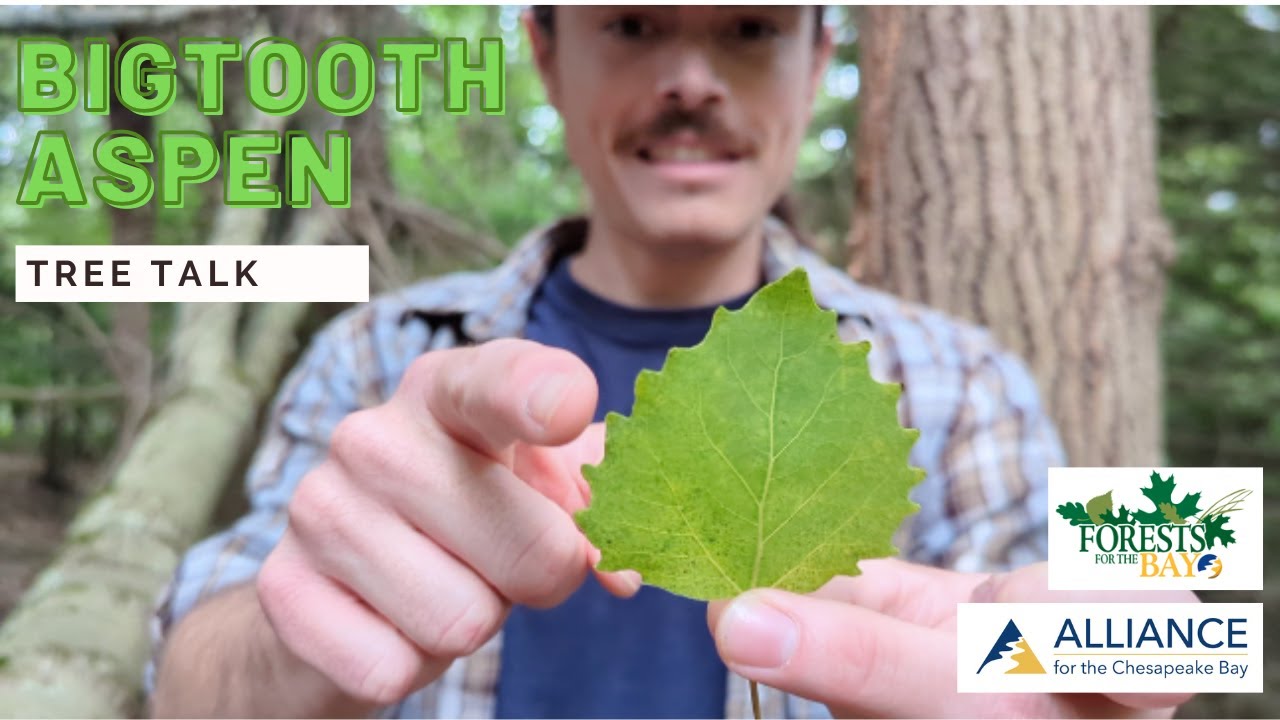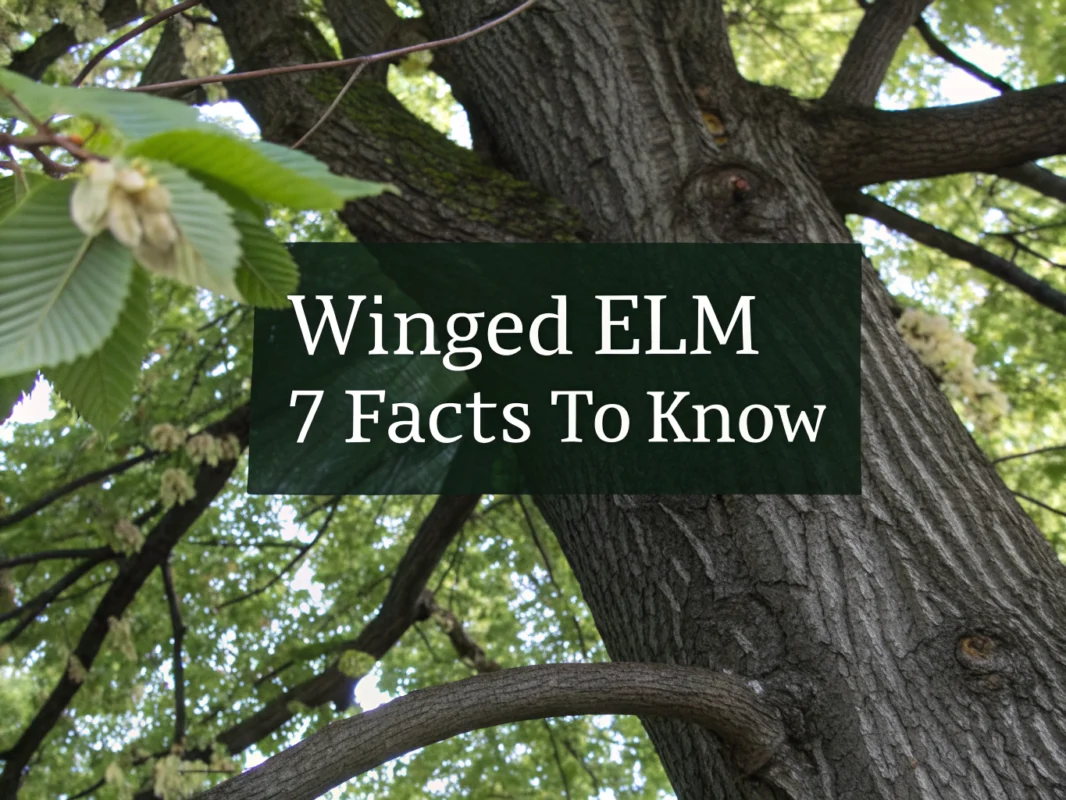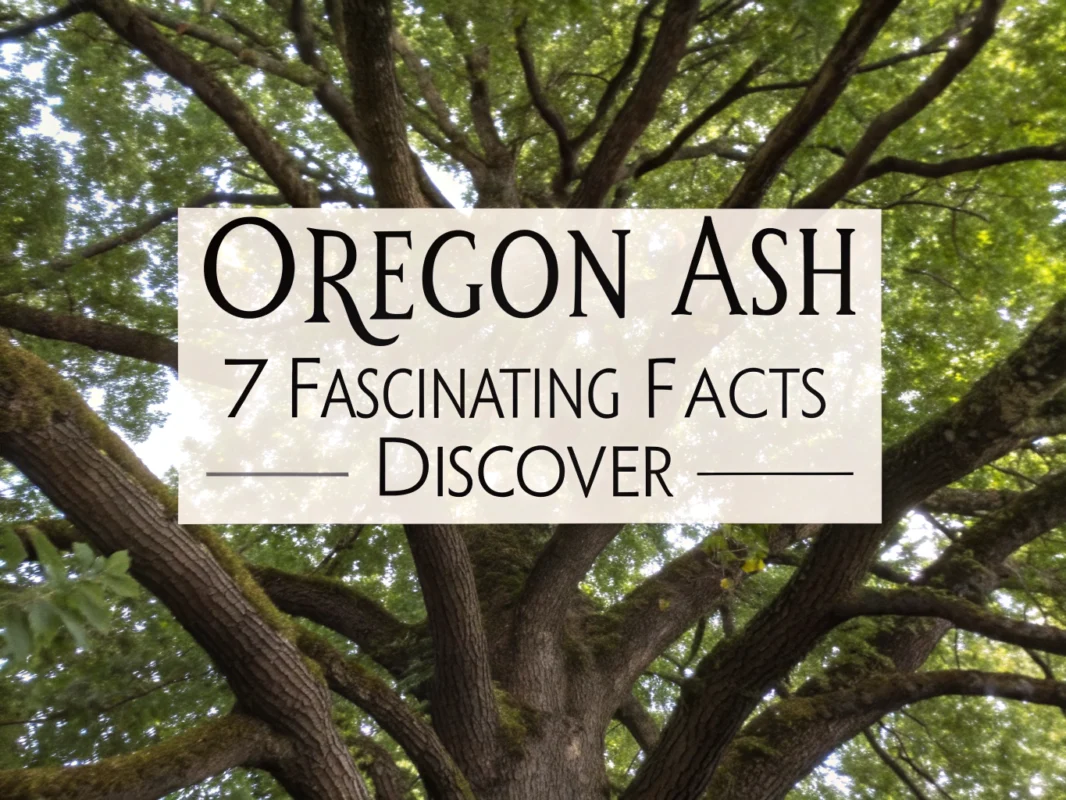
Bigtooth Aspen: 5 Facts You’ll Love

Did you know that one of North America’s fastest-growing trees is the bigtooth aspen? This incredible tree can shoot up 12-24 inches in a year. If you love nature’s speedsters, you’ll adore discovering more about this fascinating plant. Whether it’s the striking bark or its ecological value, the bigtooth aspen has plenty of surprises to share. Let’s explore some amazing facts about this remarkable tree!
Table of Contents
Bigtooth aspen stands out as one of North America’s fastest-growing native trees, capable of reaching impressive heights of 40-80 feet with a remarkable growth rate of 12-24 inches per year. This deciduous pioneer species plays a crucial role in ecosystem succession and offers unique characteristics from its distinctive toothed leaves to its adaptive root system that makes it perfect for both natural restoration and landscaping projects.
Bigtooth Aspen is Nature’s Speed Demon
The bigtooth aspen tree earns its reputation as a growth champion with an impressive annual growth rate of 12-24 inches. This makes it one of the fastest-growing native trees across multiple regions in North America. Mature specimens typically reach heights of 40-80 feet, though optimal conditions can push them up to 100 feet tall.
These trees thrive in USDA hardiness zones 2-8, demonstrating remarkable adaptability to various climates. Their trunk diameter ranges from 8-20 inches with a spread of 15-25 feet. Despite their rapid growth, bigtooth aspens have a relatively short lifespan, with most stands declining after 50-70 years, though individual trees can survive over a century.
The Bark Tells an Amazing Story
Young bigtooth aspen bark displays a smooth, light tan-yellowish appearance with subtle greenish-gray or orange hues. As trees mature, the bark undergoes a dramatic transformation, developing deep furrows and coarse ridges that reveal an orangish inner layer beneath the surface.
The upper trunk and branches maintain their smooth, lighter bark coloration even as the tree ages. This harder bark composition makes bigtooth aspens more resistant to diseases and pests compared to other aspen species, giving them a survival advantage in challenging environments.
Those Distinctive Leaves Are Simply Mesmerizing
The bigtooth aspen leaf measures 2-4 inches long and 1.75-3.5 inches wide with an oval shape that’s instantly recognizable. Large, irregular teeth along the leaf edges give this tree its common name and create a distinctive serrated appearance that sets it apart from other aspen varieties.
These leaves shimmer and rustle with even the slightest breeze, creating a mesmerizing visual and auditory experience. Initially covered with fine hairs that shed as the leaf matures, they transform into a brilliant yellow display during fall, making them a popular choice for seasonal landscaping.
The Root System is an Underground Marvel
Bigtooth aspens develop a shallow but wide-spreading root system that can extend 10-20 meters from the main trunk. This extensive network provides excellent soil stabilization and flood mitigation benefits while insulating the soil during winter months and improving spring snowmelt absorption.
The tree’s primary regeneration method involves suckering and root sprouting, responding vigorously to disturbance by producing an impressive 3,200-24,000 stems per acre. This aggressive sprouting ability makes bigtooth aspens excellent for rapid colonization of disturbed areas and natural restoration projects.
Bigtooth Aspen Tree is an Ecological Powerhouse
As a shade-intolerant pioneer species, the bigtooth aspen tree thrives in open sunlight and disturbed landscapes. It commonly colonizes prairies, woodland edges, and clearings, particularly after wildfires or windstorms, playing a crucial role in ecosystem succession and habitat creation.
This early successional species creates opportunities for other plants and wildlife to establish themselves in recovering ecosystems. Its rapid growth and adaptive nature make it an ideal choice for woodland restoration projects and natural privacy screens. Unlike black cottonwood, bigtooth aspens require full sun exposure and won’t tolerate shaded conditions.
Recommended Bigtooth Aspen Products for Your Garden
These carefully selected products can help you establish your own bigtooth aspen trees:

Vibrant Green Aspen Seeds (100 pcs)
- Grow majestic trees with ease
- Perfect for creating natural privacy screens
- Hardy and adaptable to various climates
- Fast-growing for quick results
- Ideal for landscaping projects

Majestic Bigtooth Aspen Tree
- Known for its beautiful, fluttering leaves
- Great addition to any garden or yard
- Low maintenance and easy to grow
- Provides excellent shade and shelter
- Enhances the aesthetic of outdoor spaces
Growing and Caring for Your Bigtooth Aspen
Bigtooth aspens prefer sandy and loamy soils with excellent drainage capabilities. They require full sun exposure for optimal growth and thrive in drier, well-drained environments rather than consistently moist conditions.
- Plant in areas with at least 6-8 hours of direct sunlight daily
- Choose locations with good air circulation to prevent fungal issues
- Water deeply but infrequently during the first growing season
- Avoid heavy clay soils or areas with poor drainage
- Allow plenty of space for the root system to spread naturally
Once established, these trees require minimal maintenance and can tolerate drought conditions better than many other fast-growing species. They’re perfect for creating natural privacy screens, providing quick shade, and supporting local wildlife populations with their rapid growth and ecological benefits.
FAQs
What Are The Environmental Benefits Of Planting Bigtooth Aspen Trees?
Bigtooth Aspen Trees Offer Several Environmental Benefits Including Improving Air Quality By Absorbing Carbon Dioxide, Preventing Soil Erosion With Their Root Systems, And Providing A Habitat For Various Species, Increasing Biodiversity.
How Fast Does A Bigtooth Aspen Grow?
Bigtooth Aspen Trees Are Known For Their Rapid Growth, Typically Growing Up To 2 Feet Per Year Under Ideal Conditions, Allowing Them To Quickly Provide Shade And Habitats.
What Wildlife Is Attracted To Bigtooth Aspen Trees?
Wildlife Such As Deer, Moose, Rabbits, And Various Bird Species Are Attracted To Bigtooth Aspen Trees. They Rely On These Trees For Food, Shelter, And Nesting Sites.
How Can You Differentiate Bigtooth Aspen From Other Aspen Species?
Bigtooth Aspen Can Be Differentiated From Other Aspen Species By Its Larger, Toothed Leaves And Gray Bark That Often Becomes Furrowed With Age, Unlike The Smooth Bark Of Other Aspens.
What Soil And Climate Conditions Are Best For Growing Bigtooth Aspen?
Bigtooth Aspen Trees Thrive In Well-Drained, Sandy Or Loamy Soil And Prefer Cooler Climates. They Are Often Found In Northern And Temperate Regions Where These Conditions Are Met.












